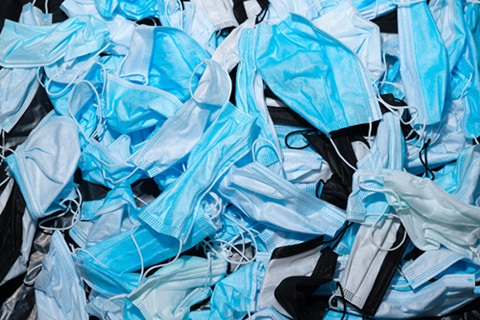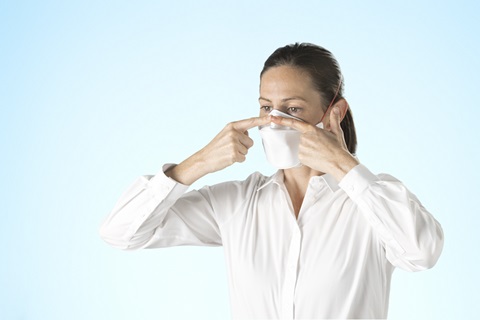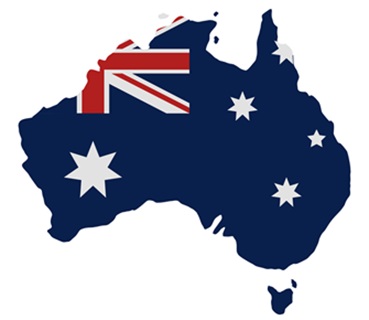Healthcare personnel and medical professionals are frequently exposed to airborne particles, viruses and bacteria when working in a clinical environment. From conducting medical procedures to contact with the public, medical personnel are at risk of exposure to viruses, bacteria, and illness.
One of the best ways to protect against large-particle droplets, splashes and sprays that may contain harmful bacteria and viruses is by using personal protective equipment (PPE), including surgical face masks and surgical respirators.
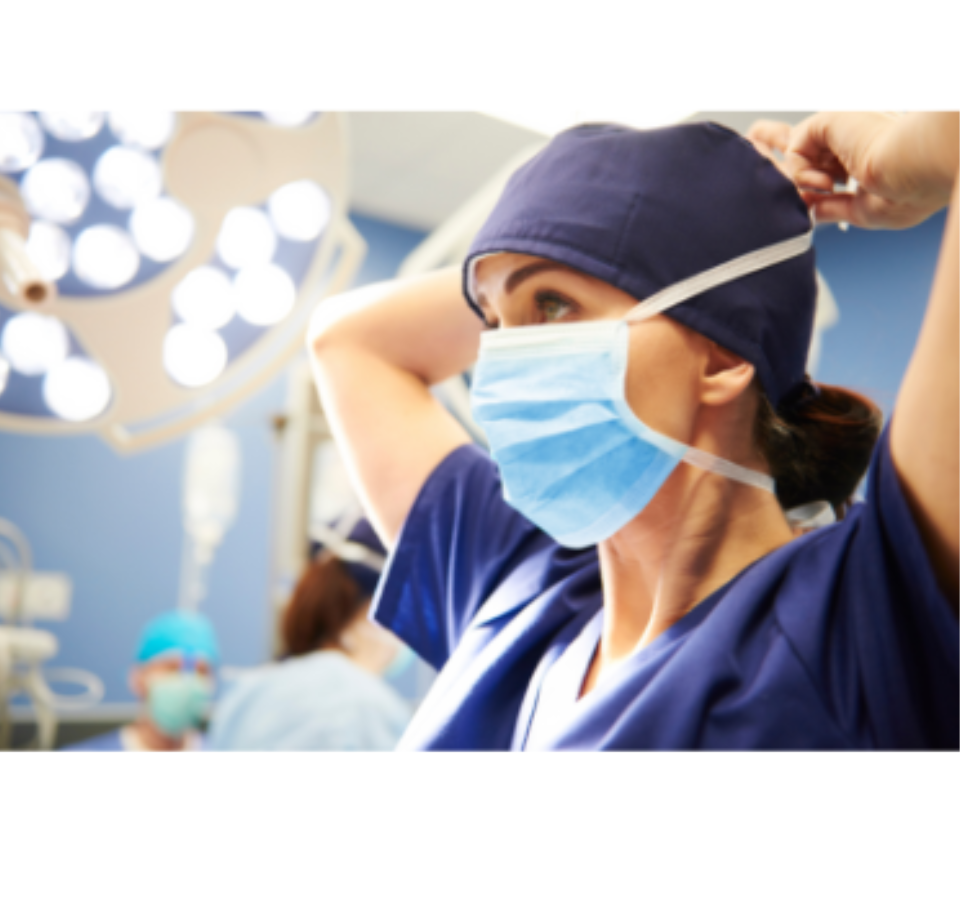
What's the difference between surgical masks and surgical respirators?
Surgical face masks and surgical respirators are two different types of personal protective equipment (PPE) that are typically used in healthcare, hospital, and clinical settings.
Surgical masks and medical procedure masks are designed to act as a physical barrier to block large-particle droplets, splashes or sprays of body fluids that may contain viruses or bacteria. Surgical face masks also provide source control by helping to reduce exposure to the wearer's respiratory secretions, saliva, and body fluids. These face masks are typically made of three layers of breathable materials and have ear loops to secure the mask in place over the nose and mouth. Surgical masks are loose-fitting and are not designed to provide a tight seal around the face.
Alternatively, surgical respirators are designed to protect the wearer from airborne particles, including viruses and bacteria. They're also known as particulate respirators or N95 respirators. Surgical respirators are made of multiple layers of lightweight materials and have a tight seal around the face to prevent small particles from entering through gaps. Respirator masks are designed for use in clinical and healthcare settings that conduct fit-checking procedures.
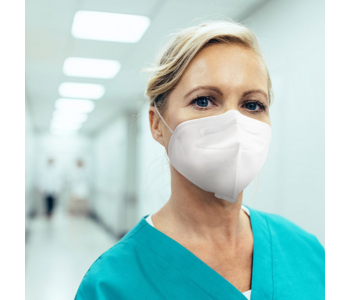
In Australia, both these types of masks are considered medical devices, which means they must be manufactured in accordance with the relevant Australian and international standards. As such, these masks are designed to meet the performance requirements specified by the relevant standards. For example, respirator masks must meet the particulate filtration efficiency (PFE), bacterial filtration efficiency (BFE), blood splash resistance and facial fit standards.
Both surgical masks and respirators are disposable devices and while they're designed for use in a medical environment, these devices offer different levels of protection.
What role do surgical respirators play in a hospital?
Surgical respirators, like D95 P2 Respirators, N95 Surgical Respirator Masks and Tri-Panel Surgical Respirator Masks , play a crucial role in hospitals and healthcare settings. Designed to protect healthcare workers from airborne particles and infectious agents, respirators provide a higher level of protection than surgical face masks or medical masks.
In a hospital setting, surgical respirators are used by healthcare workers who are performing procedures or coming into close contact with patients or members of the public who are known or suspected to have a contagious disease that spreads through the air, such as tuberculosis, influenza, or COVID-19. They are also used during procedures that generate aerosols, such as intubation or bronchoscopy.
Overall, surgical respirators are an essential component of PPE in hospitals and healthcare settings as they help protect healthcare workers from infectious diseases, viruses, and bacteria. They also help to reduce the risk of transmission to other patients and staff.
What to do if your medical face mask is damaged
Whether you're wearing a surgical mask, medical mask, or a respirator, they are all considered a disposable device. It's recommended that surgical face masks and respirators are replaced every four hours or as soon as they become dirty, damp, or damaged. When breathing through your face mask becomes difficult, then it's also worth disposing of it and replacing it with a new, clean mask.
Wearing a damaged surgical mask or respirator puts the wearer at increased of risk of encountering infectious airborne particles, bacteria, and viruses. So, to ensure that your face mask provides the best level of protection, make sure that it's fully intact and fits comfortably across your mouth and nose.
Before and after handling your surgical mask or respirator it's essential to wash your hands thoroughly with soap and water for at least 20 seconds or use an alcohol-based hand sanitiser. To remove the damaged mask, make sure you follow the manufacturer's instructions for use. If your workplace conducts fit checking procedures, be sure to refer to your appropriate respirator fit test procedure.
From hospitals and dental surgeries to healthcare settings and clinical environments, Detmold Medical stocks a comprehensive range of medical devices, including surgical face masks, medical procedure masks and respirators. Learn more about our face masks or shop online.


